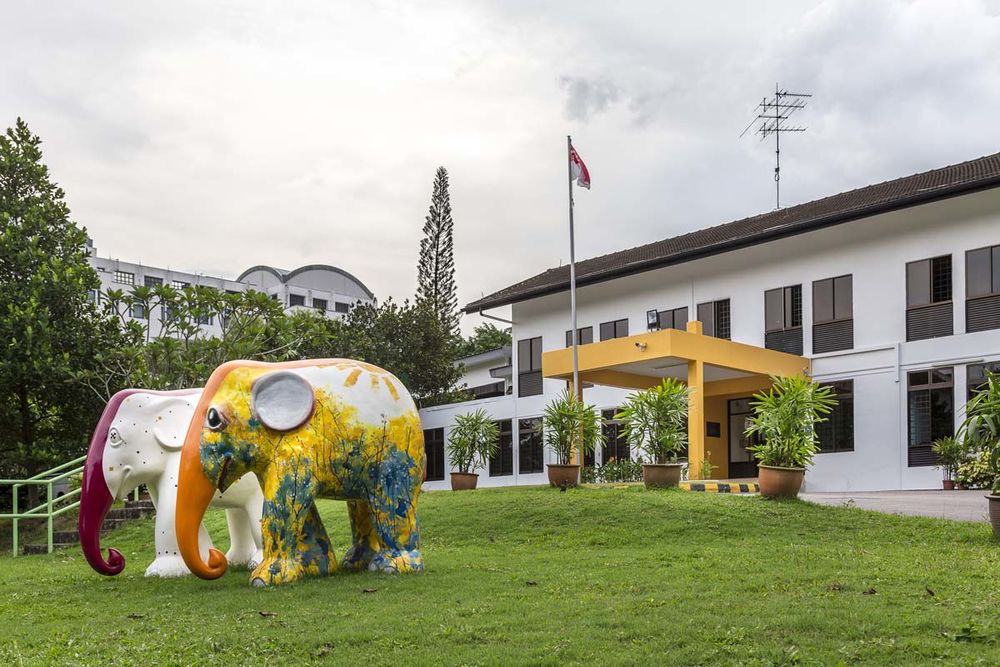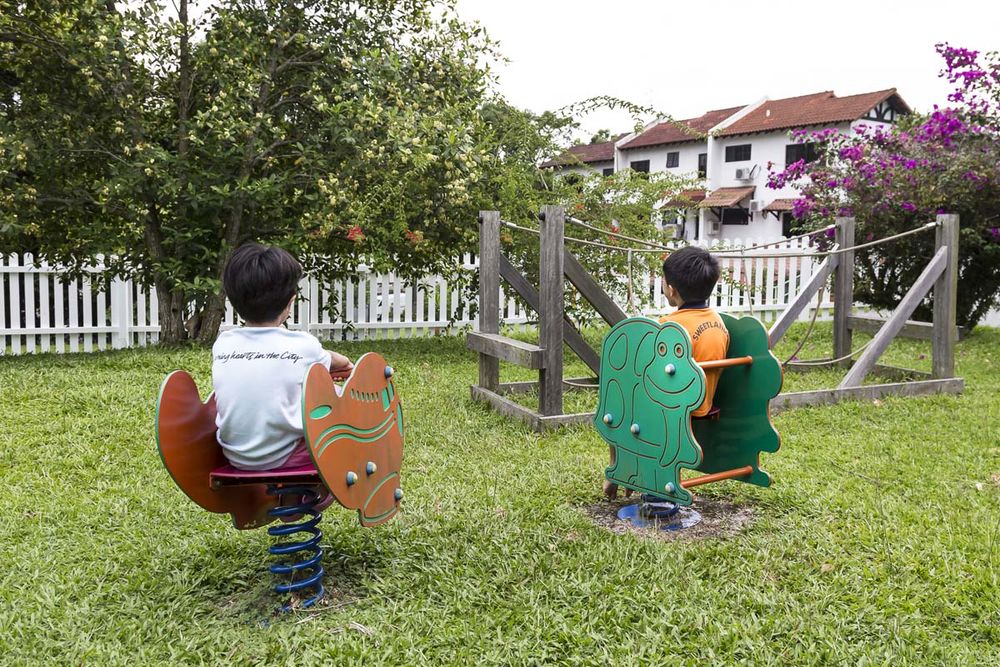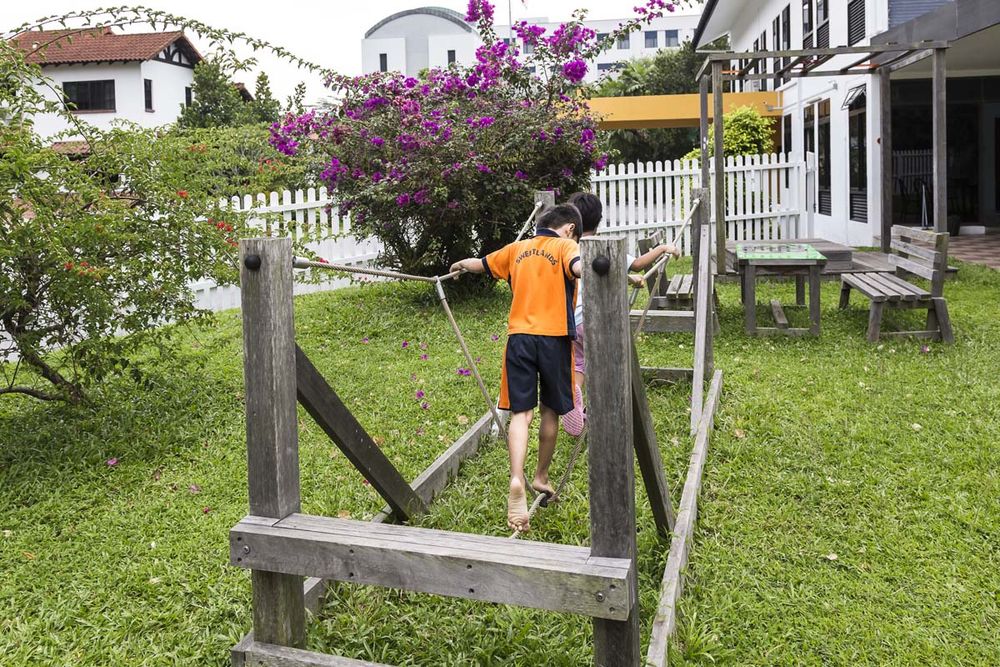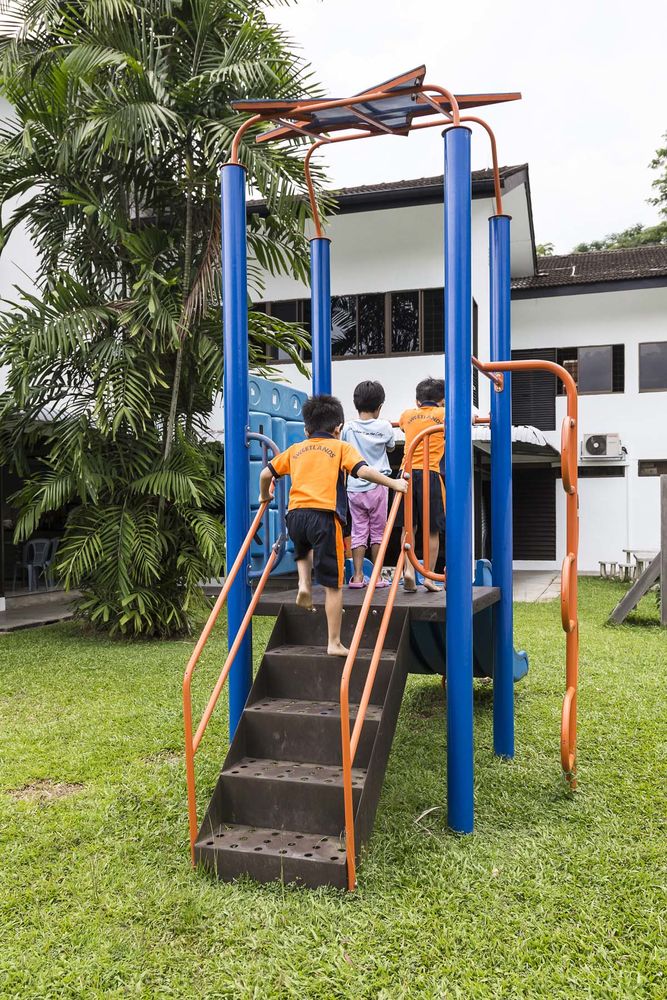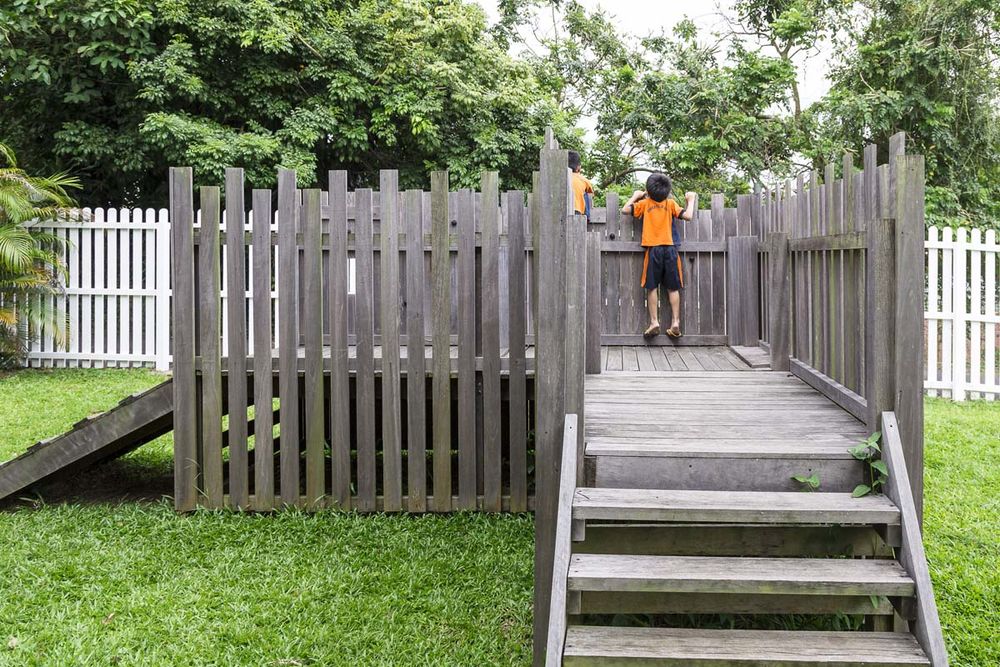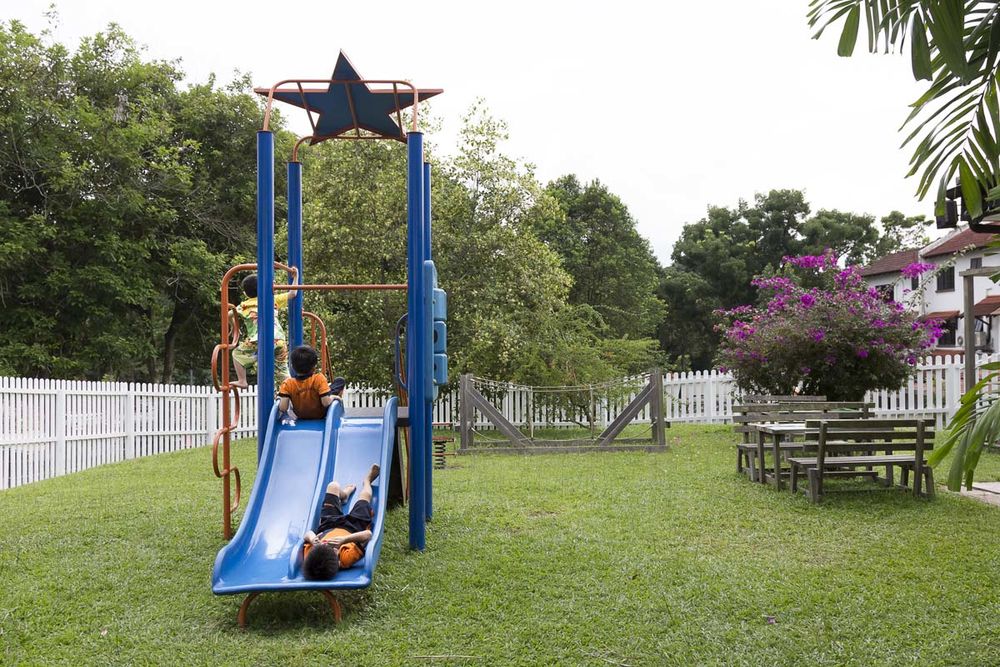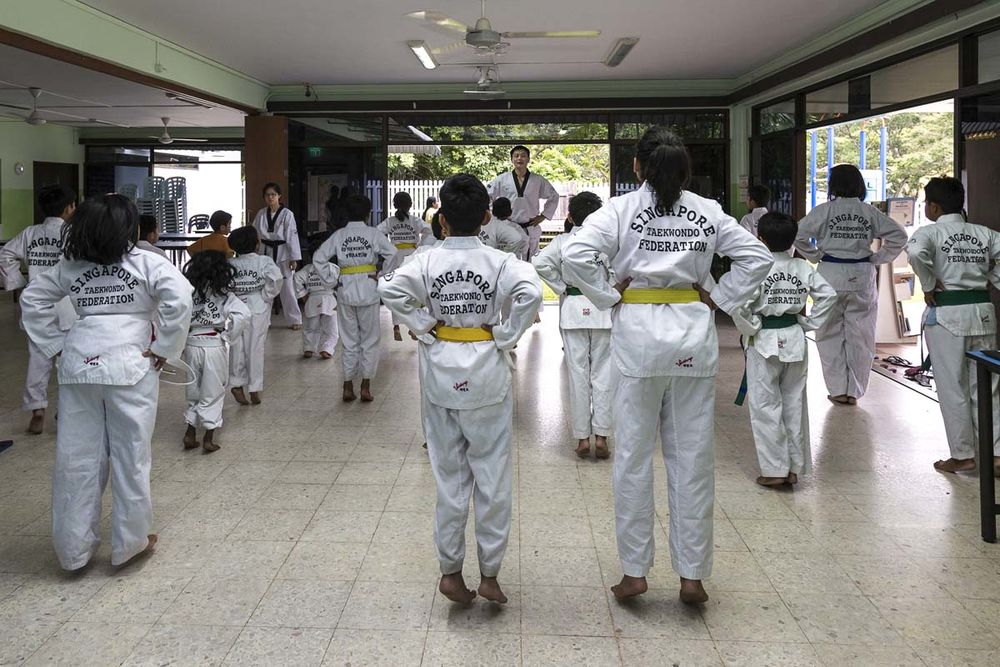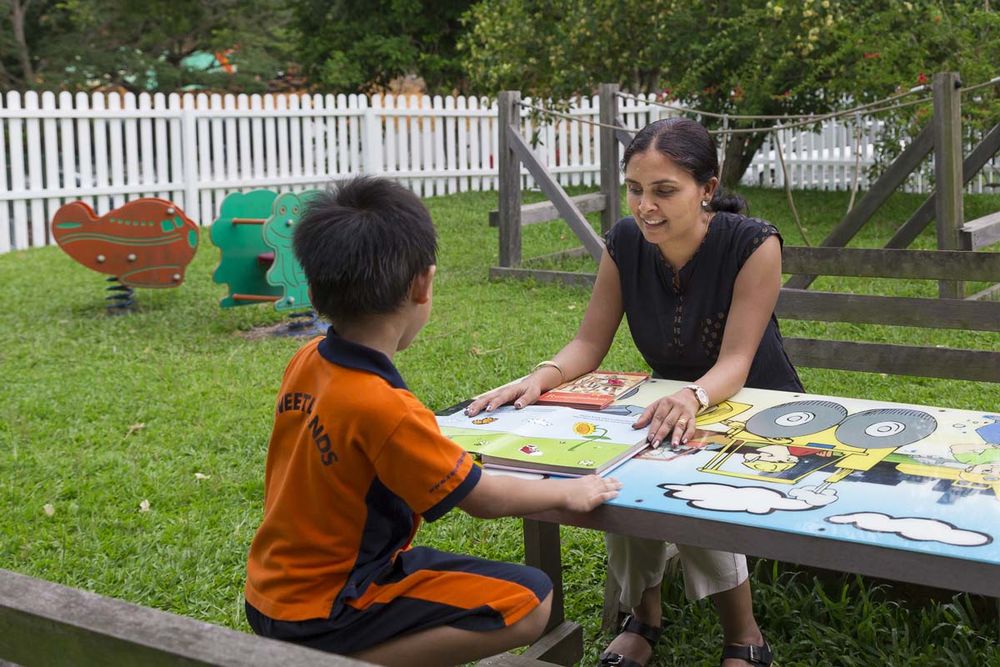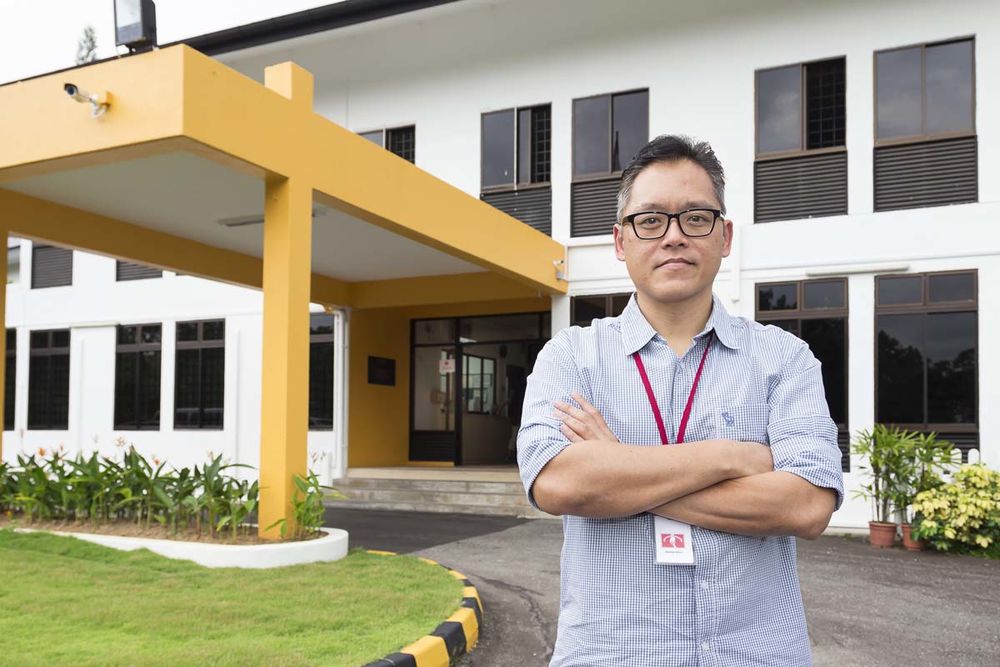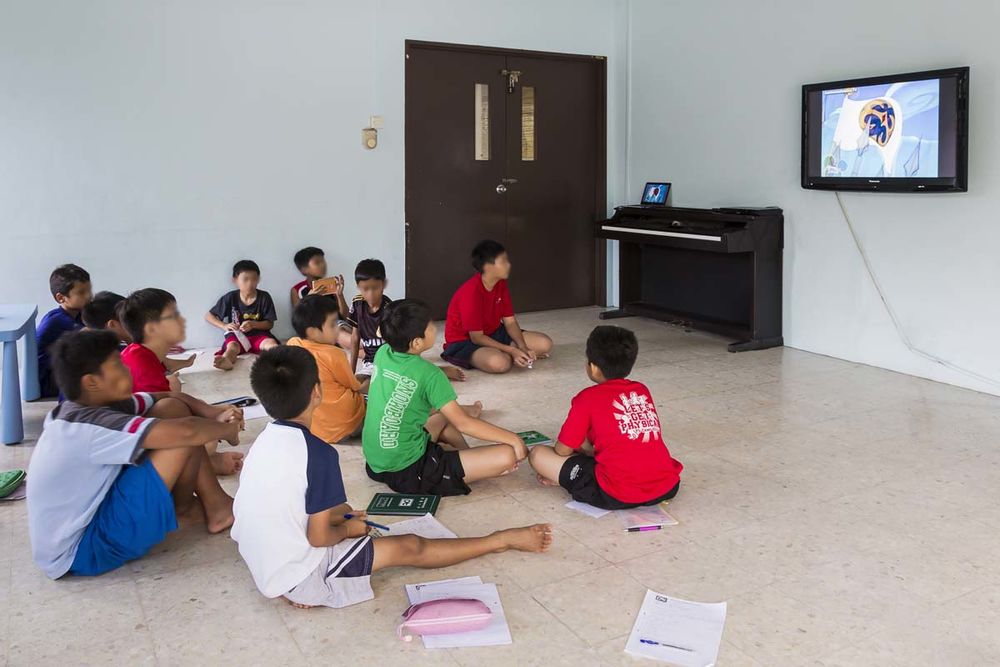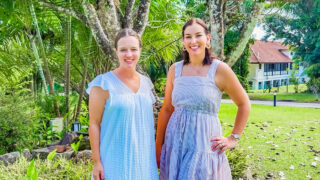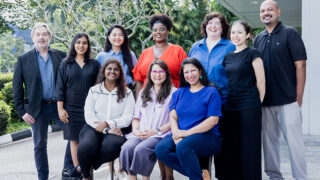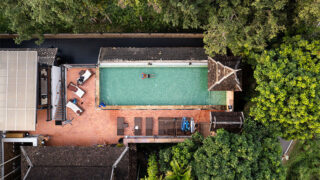I’ve written many articles about charities in Southeast Asia that support underprivileged children, but never about the situation for needy kids in Singapore. Unsurprisingly, there are some kids here whose parents or family members are unable to provide care or supervision for them, for various reasons. To find out more, I visited the Children’s Aid Society’s Melrose Home, a place that thousands of children have called home over its 100-year history.
While their heart-wrenching details rarely make the headlines, there are around 1,000 children in Singapore who, as a result of parental neglect, abandonment or mistreatment, must live away from home. Fortunately for them, Singapore has a strong social-safety net, which means they are identified and cared for, and their families receive the support they need, too.
Melrose Home is one of 23 residential children’s homes funded in part or wholly by the government. The home has a long association with expatriates; the wives of British colonials saw a desperate need to care for abandoned and troubled children and established the first home in the 1880s.
In 1902, it was re-launched as the Children’s Aid Society, and run for decades largely by energetic women, whose husbands served as board members and chairmen, including Sir Cecil Clementi, Governor of the Straits Settlements in the 1930s. Melrose Home was located in a sprawling bungalow in Tomlinson Road, until land was purchased and a purpose-built residence opened in 1969 in Clementi Road, where it remains to this day. The first Singaporean chairman, Mr T.S. Zain, was elected in 1972. His son now sits on the board.
Like other charities, Melrose Home relies heavily on the generosity of donors and other benefactors, whose contributions account for 60 percent of its $2 million annual operating budget. The Melrose Home mission is “to help children and young people in need so that they succeed and contribute to society and family”; this year, 60 children, aged from five to 18 years, call the safe, secure and happy environment home.
Understandably, privacy restrictions prevent us from revealing specific details of the children and their stories, but there is a pattern of events that’s common to many of their backgrounds. It begins when a school, a hospital or the children themselves raise an alert about abuse or neglect. This is reported to the Ministry of Social and Family Development (MSF), which conducts a thorough investigation and assessment. If recommended, the child is removed from his or her home.
Which residential home the child is then placed in is determined by their unique needs – if they already have a sibling in care, for example – and the space available.
There are many reasons why the children of Melrose Home are removed from their families: physical or psychological abuse, parents who are drug-dependent, in rehabilitation or incarcerated, single mothers with physical or mental health issues, or over-crowding with relatives.
What’s a typical day at Melrose Home like? Children in the eight shared dormitories rise at 5am for breakfast; an hour later, they’re on the way to school. The resident Malay cook makes sure they receive three nutritious meals a day, while other members of staff support their academic and personal development. After school, there is an hour of play on the large, shady field and the school kids then do homework until dinner at 5.15pm. Tutors and volunteers assist children with studies from 7 to 8.30pm. After supper, they head off to bed. Workshops and special activities are scheduled for the weekend.
Among the 29 staff at Melrose Home are four dedicated caseworkers who manage intervention and therapeutic support for both the children and their families. This is done in partnership with schools and government agencies.
A significant challenge arises from the fact that 40 percent of the kids at Melrose have special needs; some are dyslexic, for example; others suffer from mental health issues.
Executive Director Jeremy Khoo is positive, commenting that the children get the care and support they need. “We can help with intervention, and if we catch a problem early enough the children can grow up to be normal adults,” he said.
While the primary objective is for kids to return to their families, it’s a delicate balancing act. The kids must be ready to return and, equally, the family situation must be stable. Some children live at Melrose Home for the long term – two brothers have been at the home for over a decade, as their mother is unfortunately unable to care for them.
What about contact with families? Some children can spend weekends and school holidays at home. In other cases, where monitoring and control is needed, parents can come to visit their children. Once a child has returned home permanently, a social worker is assigned for follow-up care and mentoring, to ensure he or she settles in safely.
Returning home can present challenges, especially if the standard of living isn’t at the same level as at Melrose Home. Children can become accustomed to the spacious grounds, regular schedule and nutritious meals; adjusting to a small HDB flat, sometimes crowded with relatives, can be difficult.
Another issue with residential care is that there are few mother or father role models. That’s one reason why the last century saw a shift to foster care in many Western countries, allowing children to live in a family context. In Asia, though, residential care is predominant, with the exception of Hong Kong.
Things appear set to change in Singapore, too, where the government is keen to extend the benefits of a family living environment. The Ministry of Social and Family Development last year launched an $8 million pilot programme to encourage families to foster children. In 2014, 330 children were in foster care, cared for by 235 families. The aim is to double this within the next five years.
“We are supportive of the government initiative to advance fostering in Singapore,” said Jeremy Khoo. It’s possible, though, that the need for homes won’t diminish. Melrose Home is already seeing an increasing number of special needs residents, and foster parents may not be able to care for some of them. No matter what the scenario, kids will continue to live safely and happily at Melrose Home.
Melrose Home is a registered charity; donations are tax-deductible.
6466 5758 | childrensaidsociety.org.sg
For more information about fostering children, visit app.msf.gov.sg.
This story first appeared in Expat Living’s July 2015 issue.
For more helpful tips head to our living in Singapore section.

